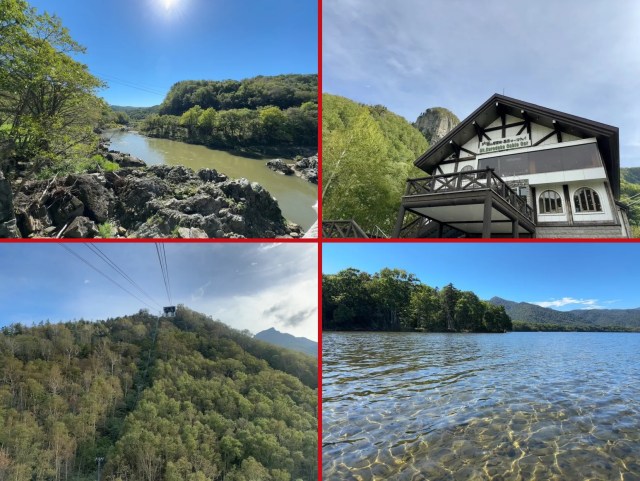
…and which are still worth visiting even if you’ve never watched or read the Hokkaido adventure anime/manga.
Hokkaido, Japan’s northernmost prefecture, is a fantastic place to visit. As Japan’s largest and least densely populated prefecture, it’s filled with sites of scenic natural beauty, and every time our Japanese-language reporter Saya Togashi makes a trip up to Hokkaido, she finds someplace new to love.
Oh, and she also finds connections to Golden Kamuy, one of her favorite anime/manga series. Some of these happen to be in or near towns that are also on the most standard Hokkaido travel itineraries, like the prefectural capital of Sapporo or the port cities of Hakodate and Otaru.
But Golden Kamuy is a sweeping adventure story with scenes that take place all across the prefecture, and so in this installment of Saya’s Hokkaido journeys, she’s headed farther away from the city centers to visit a trio of spots that are amazing attractions in their own rights, with the anime connection being an added bonus for fans.
First up, Kamuy Kotan, a river valley where Golden Kamuy’s 7th Division is ambushed by Toshizou Hijikata, who demolishes the bridge with a swing of his sword.
▼ The real, intact bridge is quite picturesque, stretching across the Ishikari River.
In the language of the indigenous Ainu people, Kamuy Kotan translates to “the place where gods live,” and legends say that one of the unusually shaped rock formations that can be seen along the waterway is the petrified body of a demon who was slain by a hero in ages past. The swift-flowing river current carves a path through steep cliffs in certain sections, and those making boat voyages are said to have prayed to the gods to grant them safe passage.
The closest train station to Kamuy Kotan is Asahikawa, from where it takes about 30 minutes by bus or car to reach the bridge Saya visited, as shown in the map above. On the other hand, if instead of going west from Asahikawa you head east by bus or car, in around two hours you’ll reach Sounkyo, a region of mountains and gorges that inside Daisetsuzan National Park.
Within Golden Kamuy, Daisetsuzan is where protagonist Saichi Sugimoto and his companions are forced to land their stolen airship and make an arduous climb through the mountains. While the real-world Daisetsuzan does have numerous hiking trails, Saya instead opted to make her way up the park’s Mt. Kurodake by the ropeway/cable car.
Sure, this is the easy way to get to the top, but it affords you a bird’s-eye view you wouldn’t get while hiking, letting you appreciate the majestic vastness of the forests below.
It’s about a seven-minute ride to the top of the ropeway, which is itself about half-way to the mountain’s peak. That gave Saya plenty of time to ooh and aah over the scenery, and with Daisetsuzan being one of Hokkaido’s best places to view the fall colors as the leaves change, it’s going to be even more beautiful in the weeks to come, before the winter snows set in.
▼ Oh, and if you decide to hike through the forests instead and end up feeling sore from the exertion, Daisetsuzan has hot springs too.
And last, we come to Lake Kussharo, where Sugimoto meets blind bandit and ex-convict Anji Toni.
Lake Kussharo is a caldera lake inside Akan Mashu National Park. We’re now in the far eastern section of Hokkaido, with the closest train stop being Mashu Station, about a half-hour south of the lake by bus or car (alternatively, it’s about an hour and a half south of Abashiri, where Saya recently enjoyed a meal at the “Prison Cafeteria”).
It’s 57 kilometers (35.4 miles) to make a complete lap around the lake, and 125 meters (410.1 feet) to its deepest point. But you don’t need to do anything more than pick a single point to admire how beautifully clear the water is.
If you’re feeling more active, though, there’s plenty to do in Akan Mashu National Park, with hiking, bicycling, and kayaking all options around or on the lake. The local geothermal activity also means that there are a number of open-air hot springs, some free to use, right along the shore.
As always when planning a trip to Hokkaido, it’s important to take into account the seasonal weather patterns, as the cold, snowy winters have a large impact on the availability of transportation, hotel accommodations, and availability of leisure activities. So make sure to check the conditions for the timing of your trip, and if you’ve got the time to read a couple chapters of Golden Kamuy too, Saya thinks you’ll enjoy your time in Hokkaido even more.
Related: Daisetsuzan National Park Council official website, Akan Mashu National Park website (Ministry of the Environment)
Photos ©SoraNews24
● Want to hear about SoraNews24’s latest articles as soon as they’re published? Follow us on Facebook and Twitter!
[ Read in Japanese ]


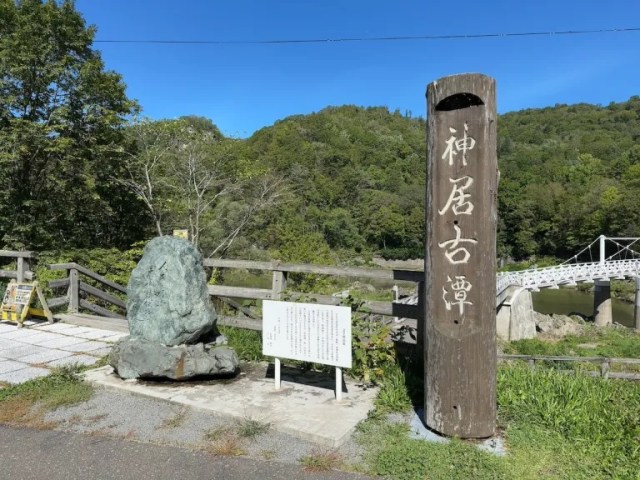
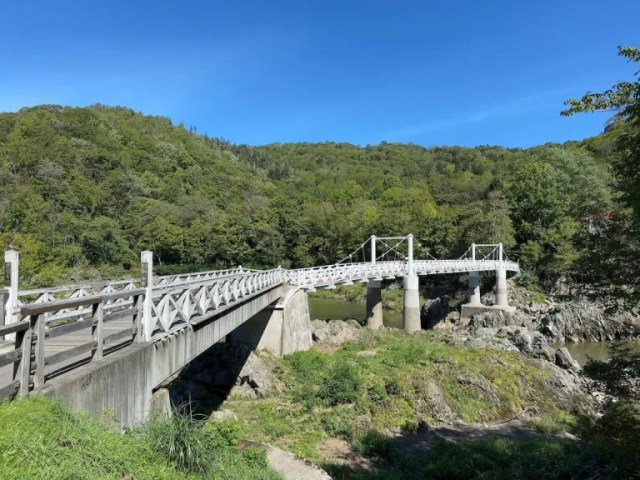
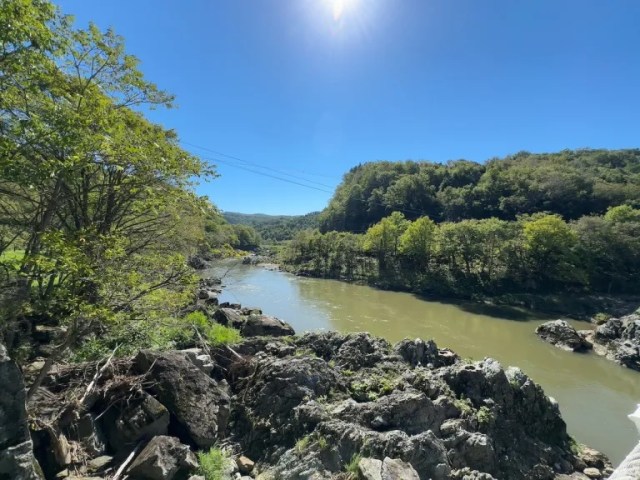
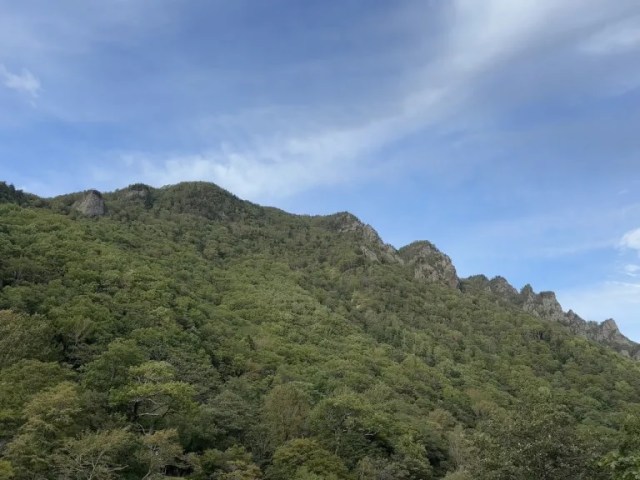
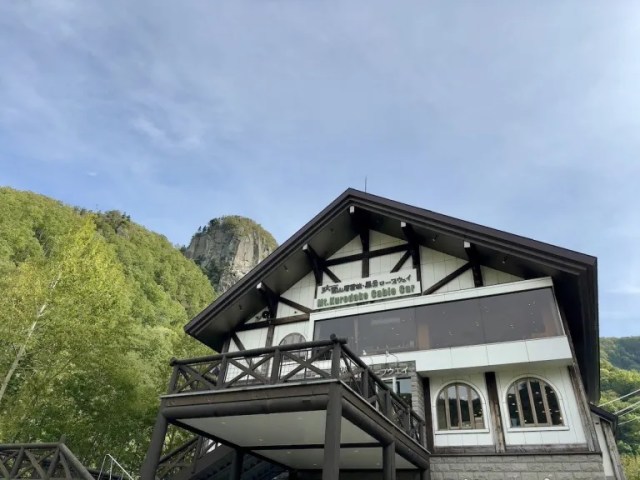
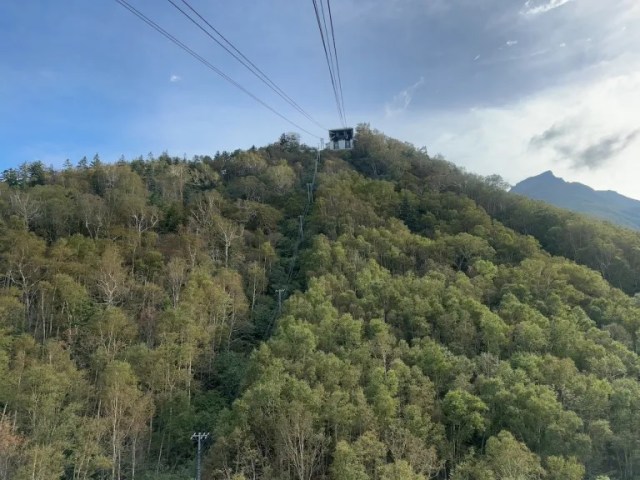
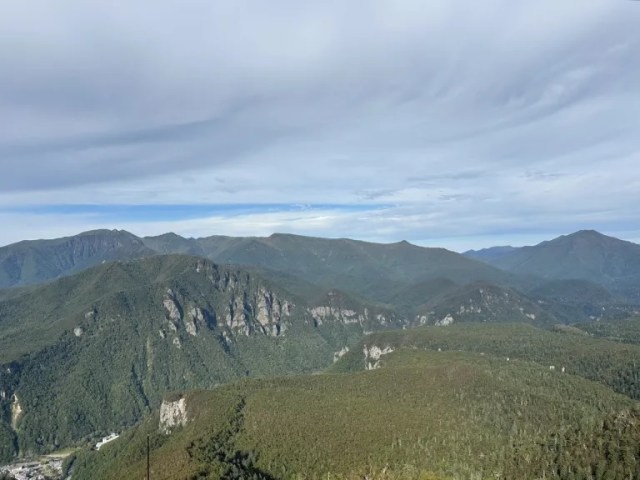
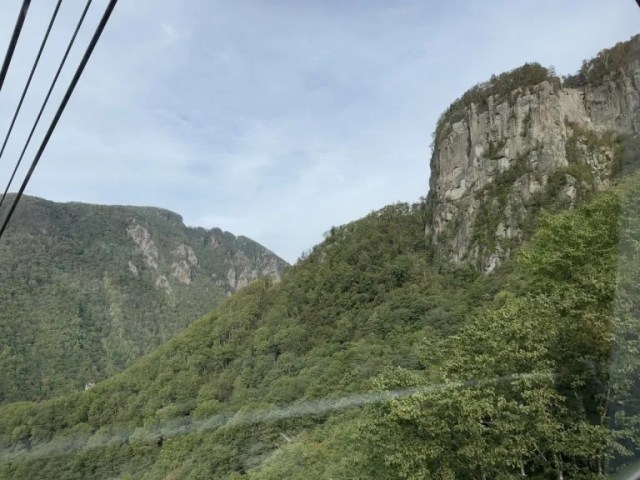
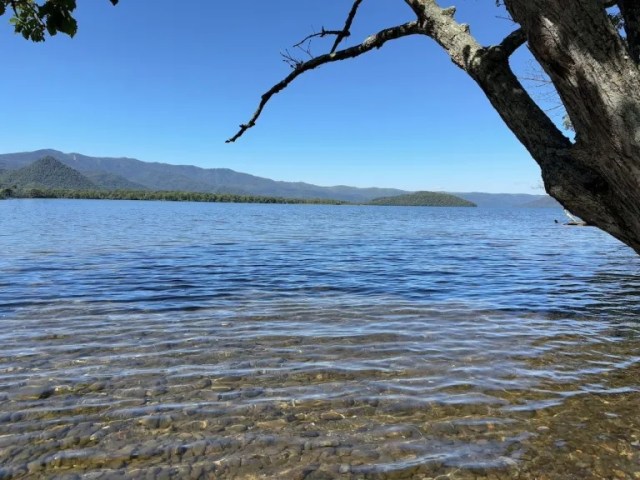
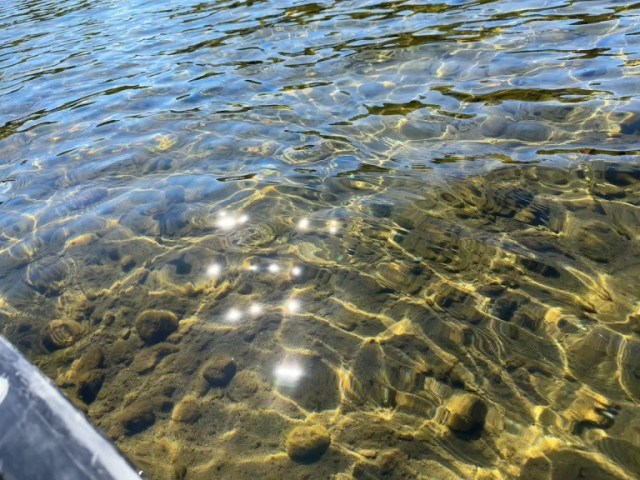
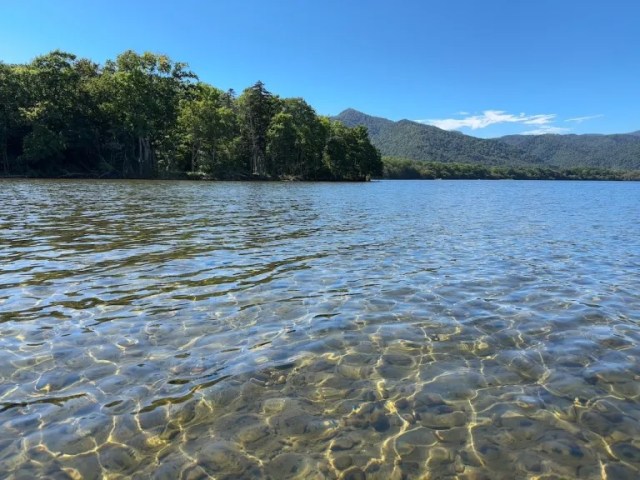
 A beautiful night in the Hokkaido woods with immersive Ainu folktale Kamuy Lumina【Photos】
A beautiful night in the Hokkaido woods with immersive Ainu folktale Kamuy Lumina【Photos】 Free literal forest bathing in Hokkaido is a hot spring experience you’ll never forget【Photos】
Free literal forest bathing in Hokkaido is a hot spring experience you’ll never forget【Photos】 Journey through Ainu myth in the old-meets-new forest night walk Kamuy Lumina experience
Journey through Ainu myth in the old-meets-new forest night walk Kamuy Lumina experience We check out Otaru’s real-life locales that inspired scenes in hit anime Golden Kamuy
We check out Otaru’s real-life locales that inspired scenes in hit anime Golden Kamuy Visiting Hokkaido’s adorable and awesome Asahikawa rice paddy art【Photos】
Visiting Hokkaido’s adorable and awesome Asahikawa rice paddy art【Photos】 Massive manga collaboration bringing 100 years of Shueisha manga to Uniqlo T-shirts【Photos】
Massive manga collaboration bringing 100 years of Shueisha manga to Uniqlo T-shirts【Photos】 Which Japanese beef bowl chain’s near-identical demon grater onioroshi ponzu gyudon is the best?
Which Japanese beef bowl chain’s near-identical demon grater onioroshi ponzu gyudon is the best? Totoro cream puffs and Catbus cookies are finally available in downtown Tokyo
Totoro cream puffs and Catbus cookies are finally available in downtown Tokyo Does a poopy butthole translate to lottery-winning riches in Japan? The results are in!
Does a poopy butthole translate to lottery-winning riches in Japan? The results are in! Starbucks Japan releases new drinkware and goods for Valentine’s Day
Starbucks Japan releases new drinkware and goods for Valentine’s Day Japan’s kid-friendly ski program is now selling Pikachu snowboards for a limited time only
Japan’s kid-friendly ski program is now selling Pikachu snowboards for a limited time only Can a dirty butthole make you filthy rich in Japan? We’re starting a New Year’s lottery experiment
Can a dirty butthole make you filthy rich in Japan? We’re starting a New Year’s lottery experiment Black Lagoon anime-themed cafes open now in Japan
Black Lagoon anime-themed cafes open now in Japan Yoshinoya fukubukuro lucky bag comes with sought-after beef bowl, sold at only one place in Japan
Yoshinoya fukubukuro lucky bag comes with sought-after beef bowl, sold at only one place in Japan Poké Ball cakes here for limited but long time to celebrate Pokémon franchise’s 30th anniversary
Poké Ball cakes here for limited but long time to celebrate Pokémon franchise’s 30th anniversary Starbucks Japan releases new Frappuccino and latte for Valentine’s Day
Starbucks Japan releases new Frappuccino and latte for Valentine’s Day Our 52-year-old pole dancing reporter shares his tips for achieving your New Year’s exercise goal
Our 52-year-old pole dancing reporter shares his tips for achieving your New Year’s exercise goal Ramen restaurant’s English menu prices are nearly double its Japanese ones, denies discriminating
Ramen restaurant’s English menu prices are nearly double its Japanese ones, denies discriminating Giant hotel rooms in Osaka reflect the new non-niche face of travel in Japan.
Giant hotel rooms in Osaka reflect the new non-niche face of travel in Japan. Japanese women showing rebounding interest in giving Valentine’s Day chocolate【Survey】
Japanese women showing rebounding interest in giving Valentine’s Day chocolate【Survey】 Princess Mononoke magnets return just in time to treat yourself to awesome anime decorations
Princess Mononoke magnets return just in time to treat yourself to awesome anime decorations 10 times to avoid traveling in Japan in 2026
10 times to avoid traveling in Japan in 2026 What’s inside Starbucks Japan’s fukubukuro lucky bag for 2026?
What’s inside Starbucks Japan’s fukubukuro lucky bag for 2026? Starbucks Japan ready to get Year of the Horse started with adorable drinkware and plushies【Pics】
Starbucks Japan ready to get Year of the Horse started with adorable drinkware and plushies【Pics】 7-Eleven Japan starts new temporary luggage storage service in over 300 branches
7-Eleven Japan starts new temporary luggage storage service in over 300 branches Disillusionment at Tsukiji’s tourist-target prices led us to a great ramen restaurant in Tokyo
Disillusionment at Tsukiji’s tourist-target prices led us to a great ramen restaurant in Tokyo Starbucks teams up with 166-year-old Kyoto doll maker for Year of the Horse decorations【Photos】
Starbucks teams up with 166-year-old Kyoto doll maker for Year of the Horse decorations【Photos】 Tokyo’s Tsukiji sushi neighborhood asks tour groups to stay away for the rest of the month
Tokyo’s Tsukiji sushi neighborhood asks tour groups to stay away for the rest of the month Survey asks foreign tourists what bothered them in Japan, more than half gave same answer
Survey asks foreign tourists what bothered them in Japan, more than half gave same answer Japan’s human washing machines will go on sale to general public, demos to be held in Tokyo
Japan’s human washing machines will go on sale to general public, demos to be held in Tokyo We deeply regret going into this tunnel on our walk in the mountains of Japan
We deeply regret going into this tunnel on our walk in the mountains of Japan Studio Ghibli releases Kodama forest spirits from Princess Mononoke to light up your home
Studio Ghibli releases Kodama forest spirits from Princess Mononoke to light up your home Major Japanese hotel chain says reservations via overseas booking sites may not be valid
Major Japanese hotel chain says reservations via overseas booking sites may not be valid Put sesame oil in your coffee? Japanese maker says it’s the best way to start your day【Taste test】
Put sesame oil in your coffee? Japanese maker says it’s the best way to start your day【Taste test】 No more using real katana for tourism activities, Japan’s National Police Agency says
No more using real katana for tourism activities, Japan’s National Police Agency says Starbucks Japan reveals new sakura drinkware collection, inspired by evening cherry blossoms
Starbucks Japan reveals new sakura drinkware collection, inspired by evening cherry blossoms Updated cherry blossom forecast shows extra-long sakura season for Japan this year
Updated cherry blossom forecast shows extra-long sakura season for Japan this year Here are five incredible places to add to your itinerary on a visit to Shimane’s Izumo City
Here are five incredible places to add to your itinerary on a visit to Shimane’s Izumo City A crash course in Japanese folktales from a trip to the five Taro Parks of Gifu【Photos】
A crash course in Japanese folktales from a trip to the five Taro Parks of Gifu【Photos】 Hokkaido’s Shikaribetsuko Kotan — the beautiful village of ice that melts away in the spring
Hokkaido’s Shikaribetsuko Kotan — the beautiful village of ice that melts away in the spring There’s a park inside Japan where you can also see Japan inside the park
There’s a park inside Japan where you can also see Japan inside the park A trip to see the breathtaking mountain beauty of Nagano’s Kamikochi【Part 1】
A trip to see the breathtaking mountain beauty of Nagano’s Kamikochi【Part 1】 This open-air museum in Hokkaido is a must-visit for fans of history and one popular manga series
This open-air museum in Hokkaido is a must-visit for fans of history and one popular manga series Mysterious masses of tires washing up on shore of Japan’s northern Hokkaido Prefecture【Video】
Mysterious masses of tires washing up on shore of Japan’s northern Hokkaido Prefecture【Video】 A daytime visit to Tokyo’s “station of despair” to look for demon lairs【Photos】
A daytime visit to Tokyo’s “station of despair” to look for demon lairs【Photos】 A trip to see the breathtaking mountain beauty of Nagano’s Kamikochi【Part 2】
A trip to see the breathtaking mountain beauty of Nagano’s Kamikochi【Part 2】 Half an hour outside downtown Tokyo, this park is an underrated gem for autumn colors【Photos】
Half an hour outside downtown Tokyo, this park is an underrated gem for autumn colors【Photos】 Visit Elsa’s Frozen world at the Snow Crystal Museum in Hokkaido
Visit Elsa’s Frozen world at the Snow Crystal Museum in Hokkaido Move over cherry blossoms, wisteria may be the most beautiful flowers in Japan
Move over cherry blossoms, wisteria may be the most beautiful flowers in Japan Beautifully off the beaten path in Nara with the Shimo no Negimichi shrine trail【Photos】
Beautifully off the beaten path in Nara with the Shimo no Negimichi shrine trail【Photos】 Hokkaido woman arrested for stealing 1.9 million yen from convenience store in broad daylight
Hokkaido woman arrested for stealing 1.9 million yen from convenience store in broad daylight Our search for the coldest place in Tokyo to escape Japan’s heat wave takes us below the earth【Pics】
Our search for the coldest place in Tokyo to escape Japan’s heat wave takes us below the earth【Pics】 Man claiming to be Russian who swam to Japan seeking asylum appears in Hokkaido town
Man claiming to be Russian who swam to Japan seeking asylum appears in Hokkaido town
Leave a Reply